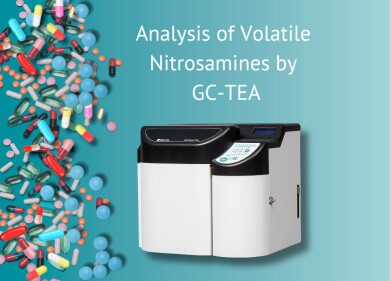Gas chromatography
Can Chromatography Produce Tearless Onions?
Jan 22 2018
Kittens and puppies playing in the snow. Seeing your child being born. Sergio Aguero scoring in the last minute to win the Premiership title. All have something in common with cooking with onions. They bring tears to your eyes. But now, science and chromatography are coming to the rescue — well, to help stop you bawling when you slice open an onion anyhow. Grown men will still be bawling when Sergio scores. Welcome to the Sunion onion.
Brings tears to your eyes
Onions are a staple for any aspiring chef — whether it’s the Michelin starred chef at the local bistro or a teenage boy making his first spaghetti Bolognese to impress a girl in the sixth form. And for most people that means playing Russian roulette with the fingers as you try and avoid chopping the tips off as your eyes fill with tears. But what is it that makes you cry?
It is all to do with evolution — survival and reproduction to ensure you can reproduce and your genes live on. For onions, it is all about stopping predators from eating you. And that means releasing chemicals that make you cry. The chemical that causes our discomfort is propanethial S-oxide — also known as lachrymatory factor and a sulfur compound.
Sulphuric acid in the eye
Enzymes are released from onion cells when we cut into them. The substances react and produce the volatile propanethial S-oxide. Propanethial S-oxide contains a mix of sulfuric acid, sulfur dioxide and hydrogen sulphide — and when these volatile substances get near to our eyes our brain tells the lachrymal glands to produce tears to protect our eyes.
So how do you stop the tears? Cooking the onion inactivates the enzymes in the onion, or cooking with a fan can reduce the volatile substance getting into the eye. Cooling the onion can help to reduce the reactions or you could cut the onion in a fume hood. Alternatively, you could use a Sunion onion.
Tearless cooking
Sunion onions have over three decades of work behind them. Research and development alongside careful farming practices have been used to reduce the volatile compounds that cause our tears — and there is no genetically modification here.
The company used crossbreeding techniques and gas chromatography to help make an onion that doesn’t make our eyes well up as we slice into it. The analysis of volatile compounds is discussed in this article, A New Method for Fast Residual Solvents Analysis and Untargeted Unknown Identification Faster Sample Throughput and Shorter GC Runtimes Using GC-VUV and Static Headspace.
The company claims that the process has produced an onion that is not only tearless, but sweeter too. And did the process work? Well, reports suggest that there is a significant reduction in lachrymatory response. Or crying.
Events
May 11 2025 Vienna, Austria
May 18 2025 Tempe. AZ, USA
May 21 2025 Birmingham, UK
Jun 01 2025 Baltimore, MD, USA
Jun 15 2025 Bruges, Belgium


.jpg)











